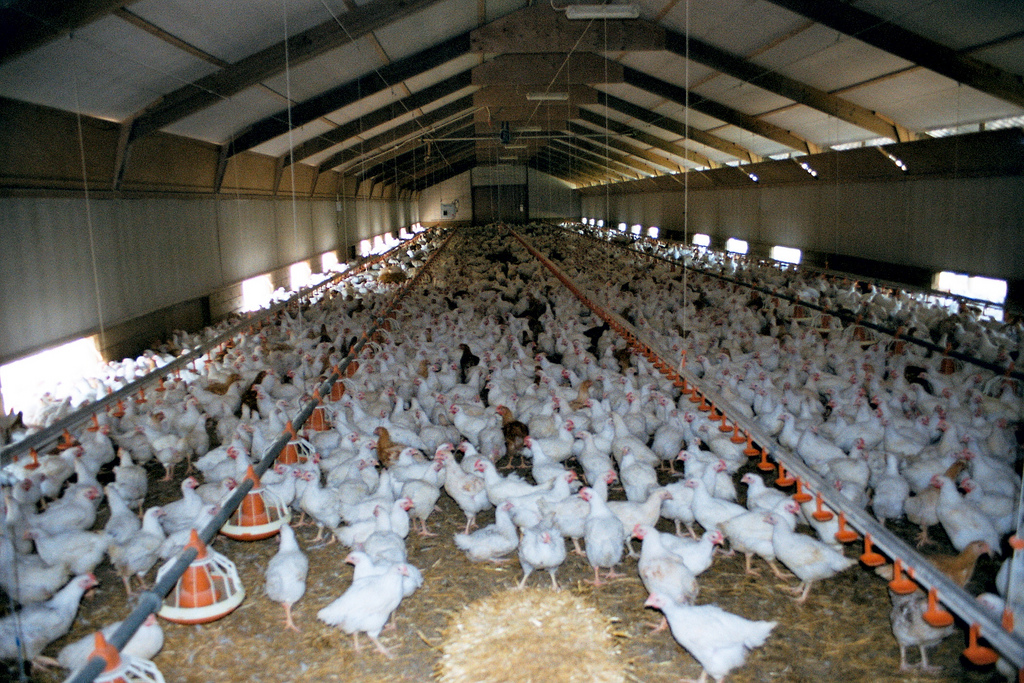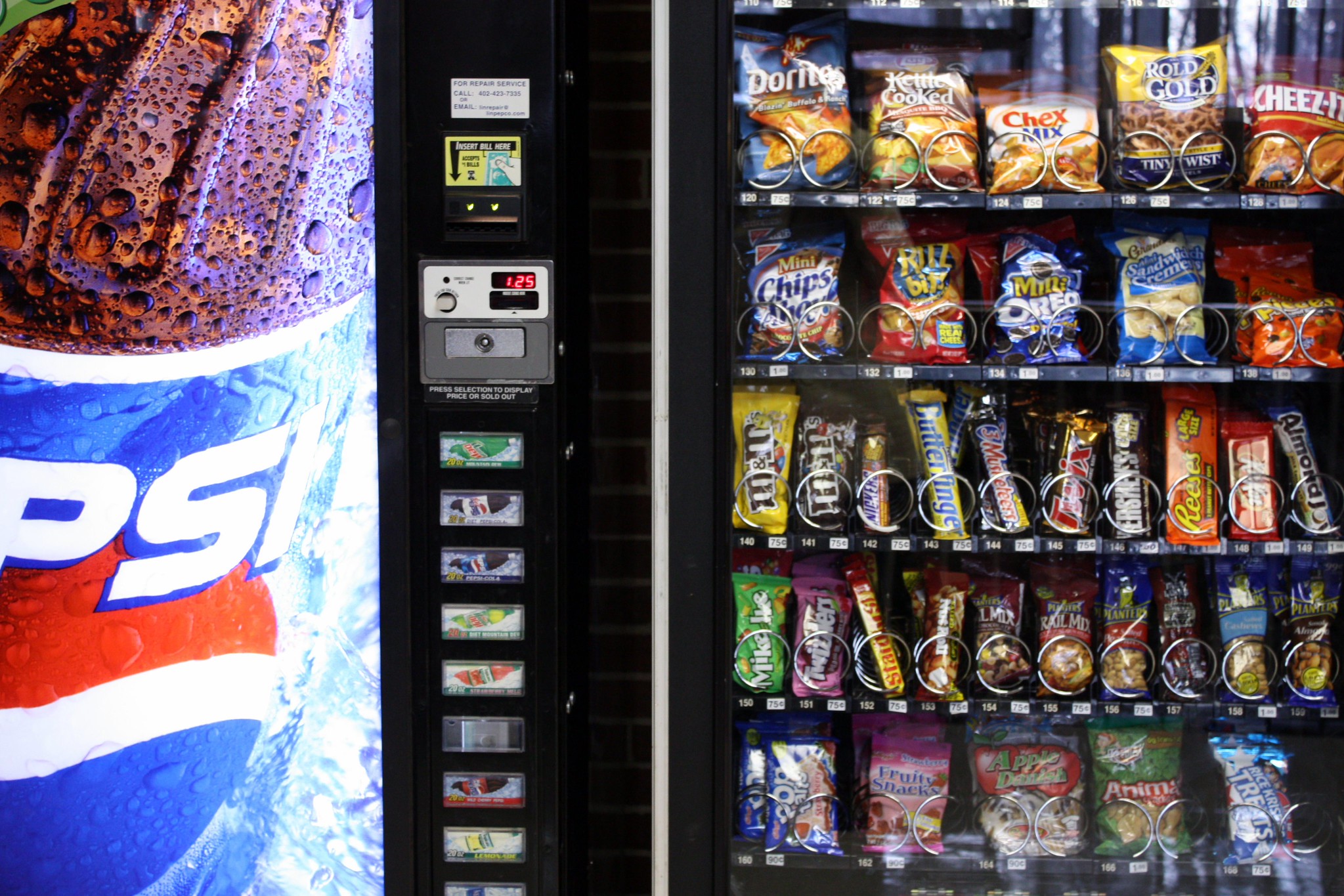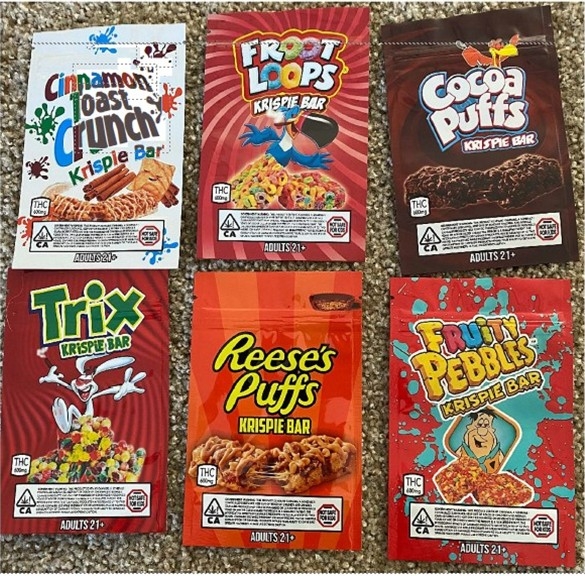[INFOGRAPHIC] How the USDA Improved Organic Livestock and Poultry Treatment

Photo: One Green Planet
Many times, when we hear about “cage-free” or “organic” raised poultry and livestock, the living conditions of the animals don’t match up to the image in our minds. Cage-free chickens and eggs are usually still confined in a small indoor living area, and ammonia emissions and outdoor living requirements for livestock aren’t well defined or heavily enforced — leading to lower quality livestock and poultry than what we would expect.
Today, the United States Department of Agriculture (USDA) is aiming to change that with a new series of rules on bettering practices for organic poultry and livestock.
The new rules, published this morning in the Federal Register, specifically focus on the living and travel conditions of organic chicken and livestock, with aims to clarify and ensure consistency amongst how the animals are raised and their living conditions.
While the actual rules themselves are incredibly extensive, key features of the new rules (along with a timetable for required implementation) are included below in a USDA-generated infographic. Take a look for yourself:

Photo: USDA
There’s definitely a lot covered in this set of new guidelines by the USDA, but it definitely raises the quality and safety of organic chicken and livestock. When their quality of life is better, there’s a lower risk for fecal-based pathogens to spread amongst livestock, as well as lower risks of injury to the birds themselves. These result in higher-quality, safer-to-eat animals that consumers can appreciate.
The new rules begin taking effect within the next year, so expect these changes to start happening rapidly.






















